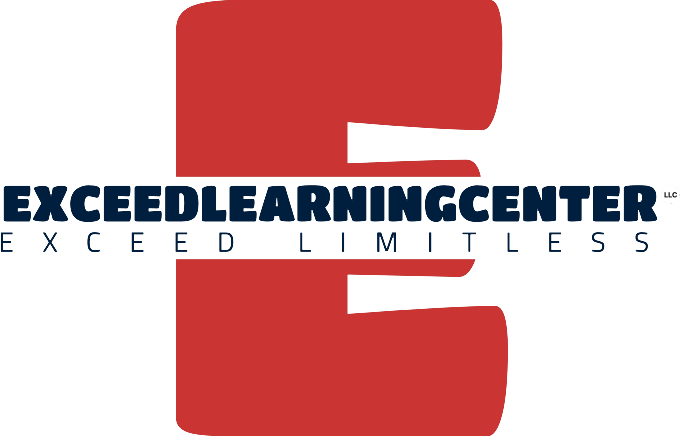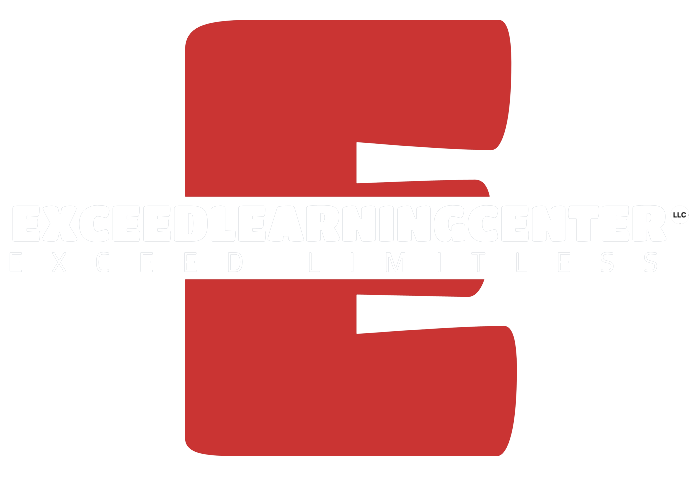Effective Note-Taking Techniques for Better Learning
Introduction:
Welcome to our presentation on Effective Note-Taking Techniques.
In this session, we'll explore the importance of these techniques, and the common problems students face.
Imagine a world where your study sessions are not only productive but also enjoyable.
Picture a scenario where you grasp complex concepts faster, retain information longer, and achieve better grades with less effort.
That world is not a distant dream; it's within your reach through the power of effective study techniques.
The Problem
The rate of decline in effective study habits: In schools and colleges, many students find themselves overwhelmed, struggling to keep up with the rapid pace of lectures and assignments.
Even beyond the educational system, adults often face the challenge of acquiring new skills or staying up to date in their professions.
Consequences: stress, anxiety, and poor performance
Overview of Note-Taking Methods
The Three Effective Note-Taking Methods:
The Cornell Method:
The Cornell Method is a popular note-taking system designed to help students organize and review their notes effectively. It was developed by Walter Pauk at Cornell University.
Here's an overview of the Cornell Method:
- Divide Your Paper into three sections: a narrow left-hand column (about 2.5 inches wide), a wider right-hand column, and a section at the bottom.
- Taking Notes during a lecture or while reading. Use the right-hand column to take your primary notes.
- Cues/Questions: After the lecture or reading, use the left-hand column to create cues or questions based on your notes.
- Summary: In the bottom section, write a summary of the main ideas and key points.
- Review: When you study, cover the right-hand column (your main notes) and use the cues/questions in the left-hand column to test your knowledge and prompt your memory. Then, reveal the notes to check your understanding.
The Mapping Method
The Mapping Method is a visual note-taking technique that helps you create a spatial representation of information
- Visual Representation: The Mapping Method involves creating a visual "map" of information.
- Branches and Subtopics: From the central idea, you draw branches outward to represent subtopics or key points related to the main idea.
- Hierarchy: Create a hierarchy of information by using lines and connectors to show the relationships between main ideas and subtopics.
- Keywords and Icons: Use keywords, icons, and symbols to represent information concisely.
- Color and Visual Aids: You can use color coding and visual aids like images, charts, and diagrams to enhance the clarity and memorability of your map.
The Outline/Bullet Point Method
The Outline or Bullet Point Method is a straightforward way to organize information using lists
- Hierarchy of Information: The outline method organizes information in a hierarchical structure. You start with a main topic or heading, followed by subtopics, and further sub-subtopics if needed.
- Bullet Points: Under each heading or subheading, you use bullet points or numbers to list key points, details, or ideas related to that section.
- Indentation: To indicate the hierarchy, you use indentation. Main topics are flush with the left margin, subtopics are indented slightly, and subpoints are indented further.
- Conciseness: Bullet points should be concise and focus on the main ideas. Avoid lengthy sentences; use short phrases or keywords.
- Easy to Scan: The outline method makes it easy to scan and locate information quickly. It's an effective way to summarize and review complex topics.
How to Implement in Your Life
Now that you're familiar with these note-taking methods, here's how to integrate them into your daily life.
For the Cornell Method:
- Use it in class for lecture notes.
- Review and summarize notes regularly.
- Experiment with variations, like digital tools.
For the Mapping Method:
- Use it for brainstorming and organizing ideas.
- Practice creating clear visual representations.
- Explore digital mind-mapping tools.
For the Outline/Bullet Point Method:
- Use it for structuring documents and reports.
- Keep bullet points concise and focused.
- Experiment with software that supports outlining.
SHARE THIS POST:
Olga Binyaminov
Founder, Exceed Learning Academy
Together, we can exceed expectations and make the journey of learning a truly remarkable one for your child.
Leave A Comment
Search
Send us a Message
Blog - Website Form
Recent Posts
Quick Links









